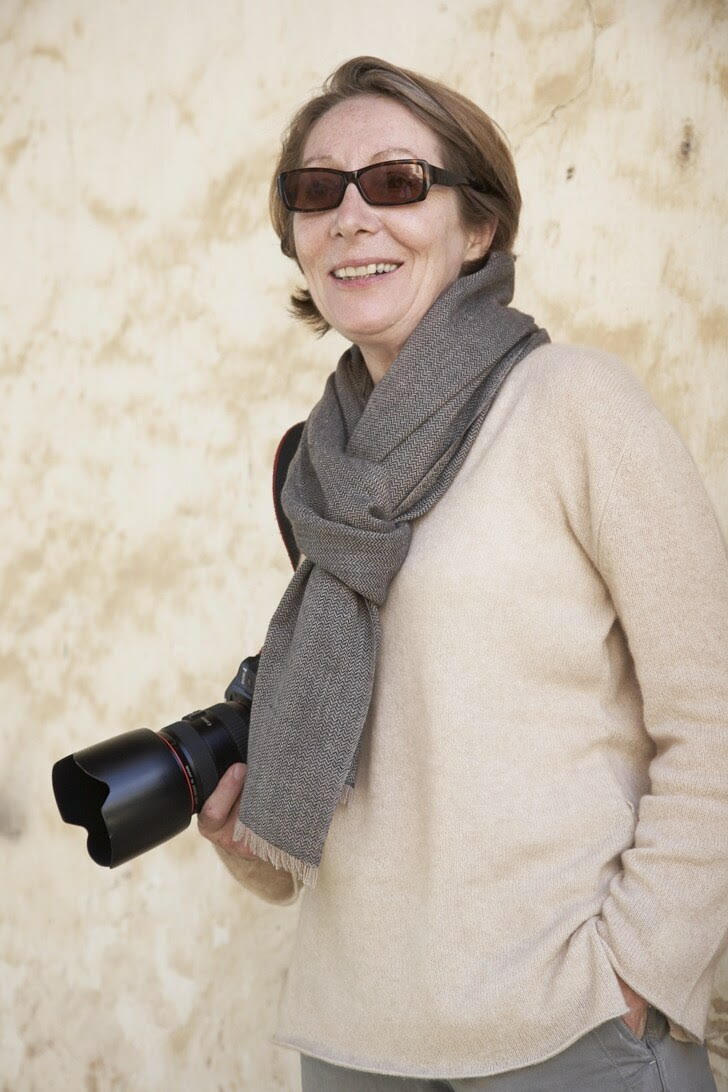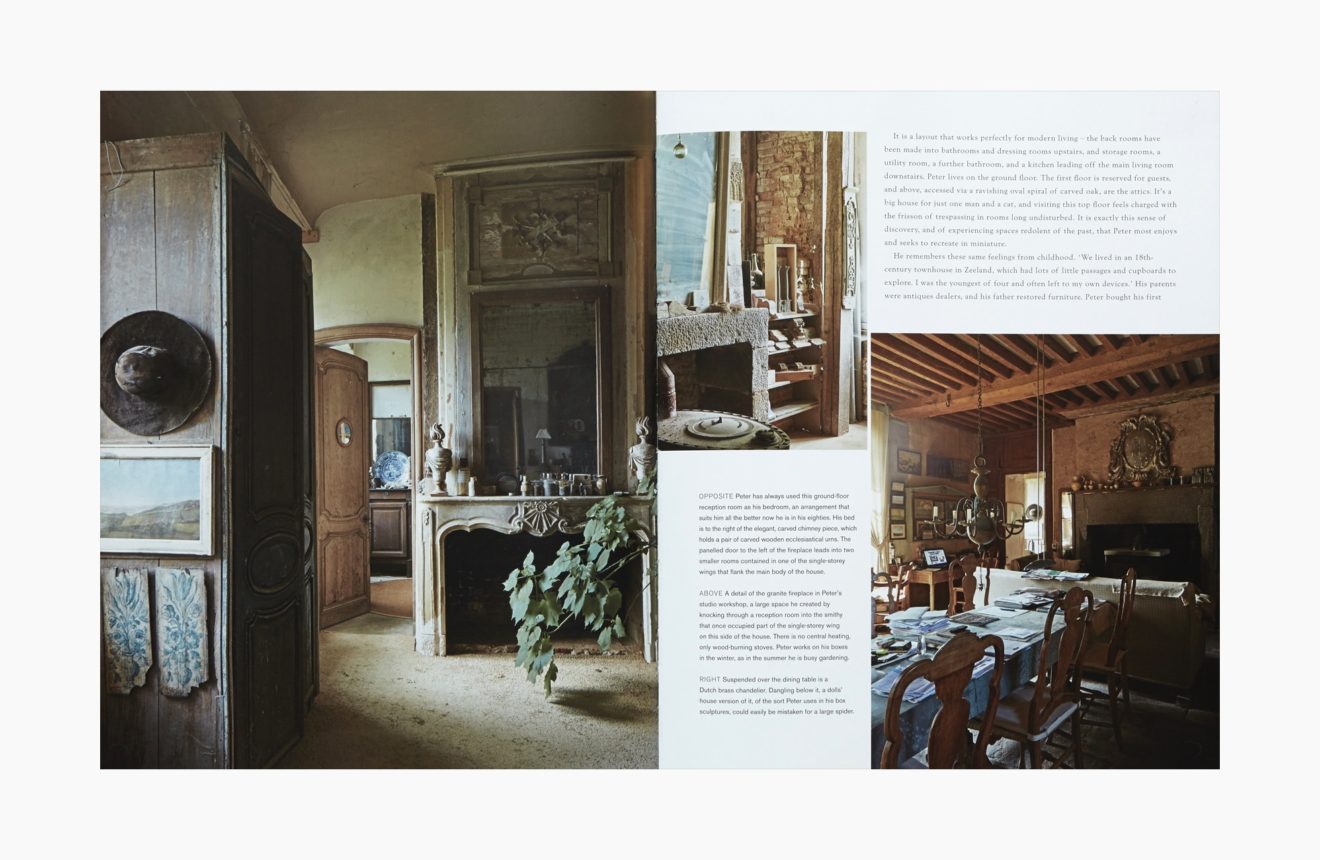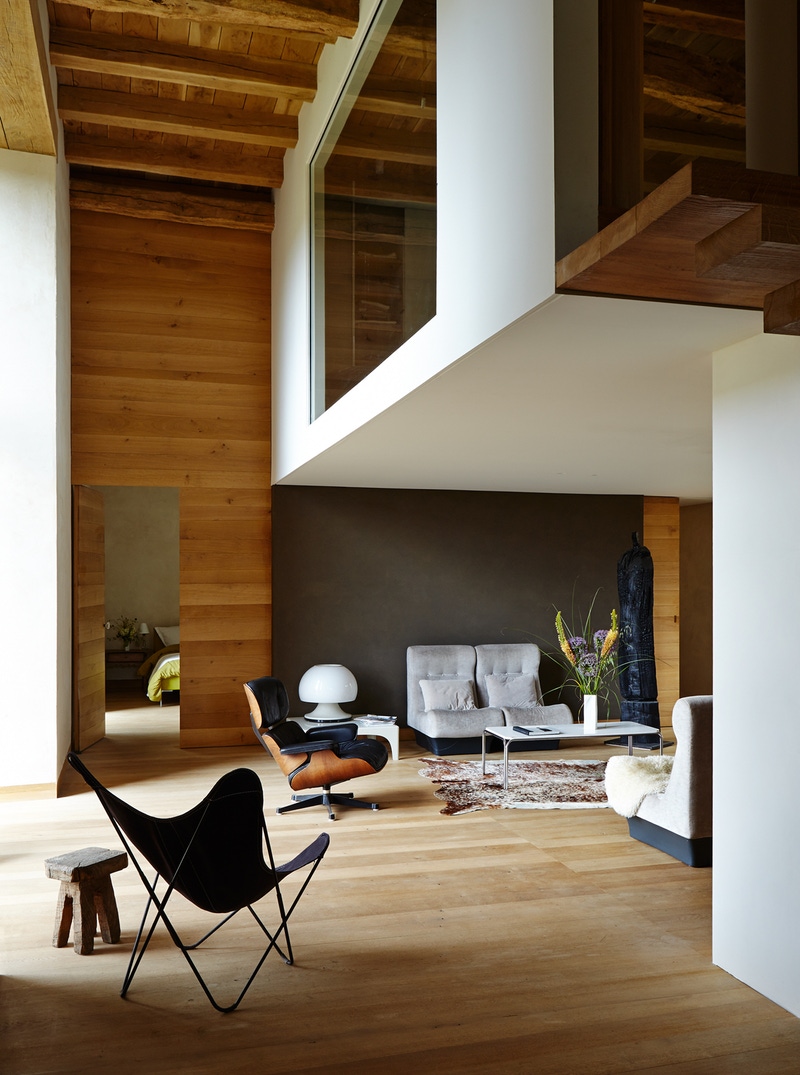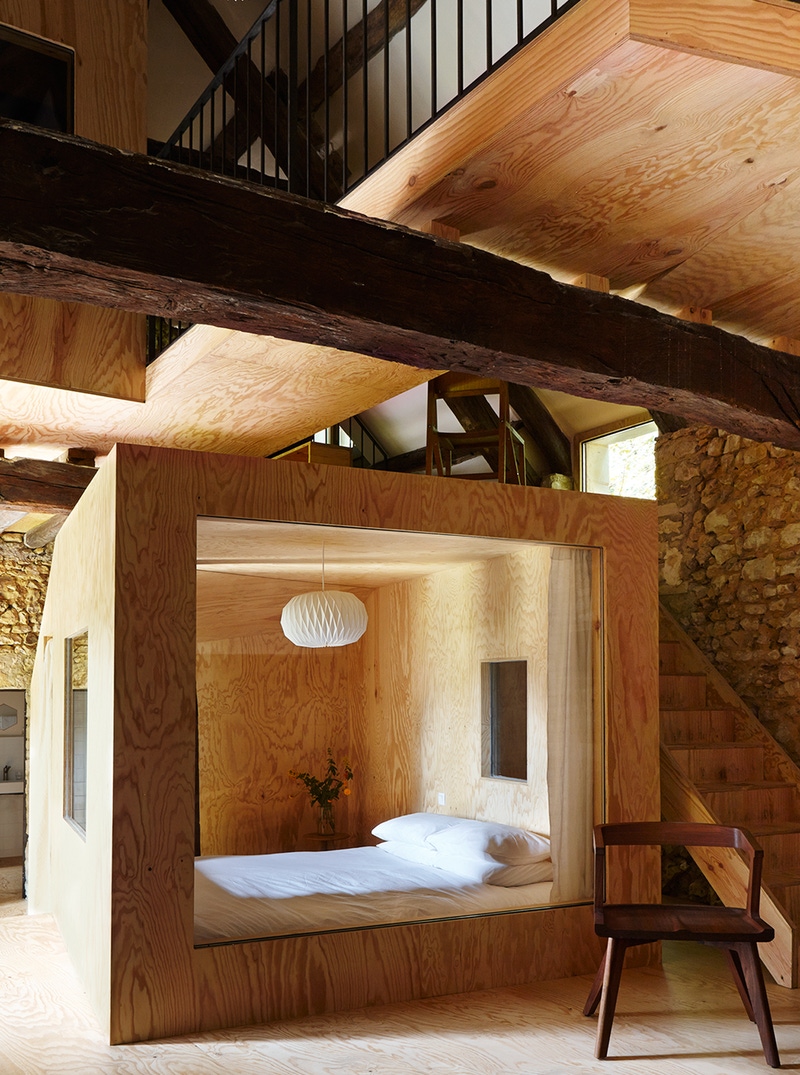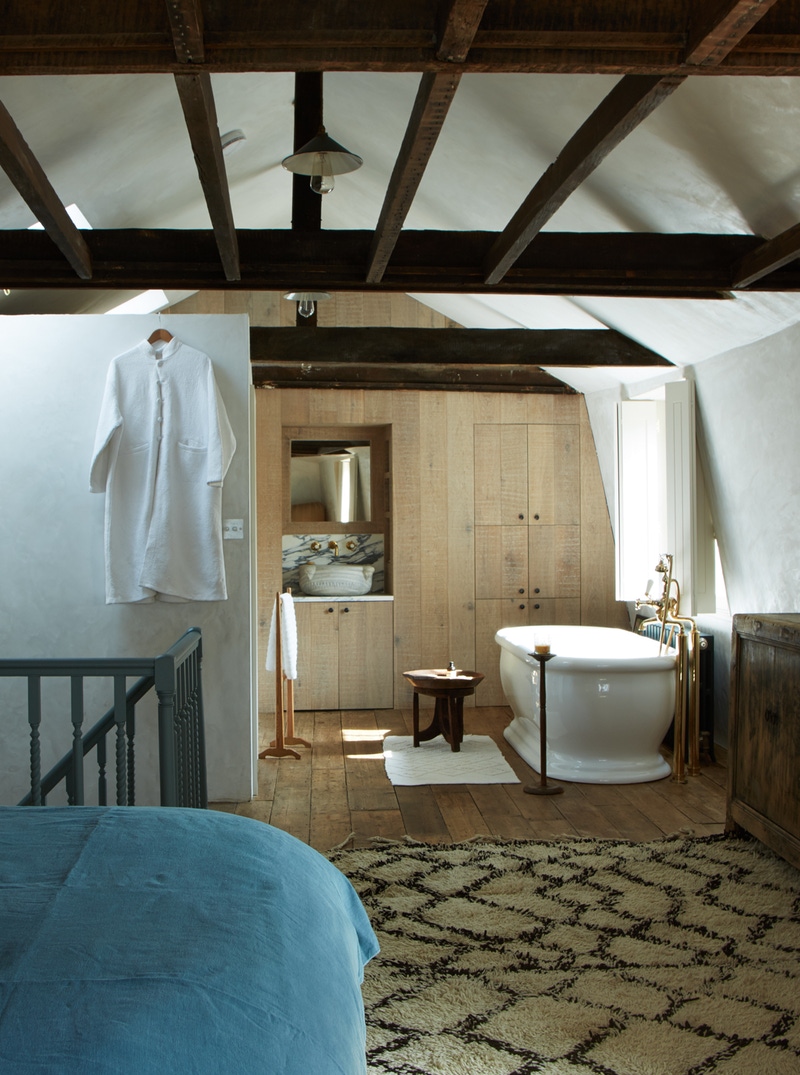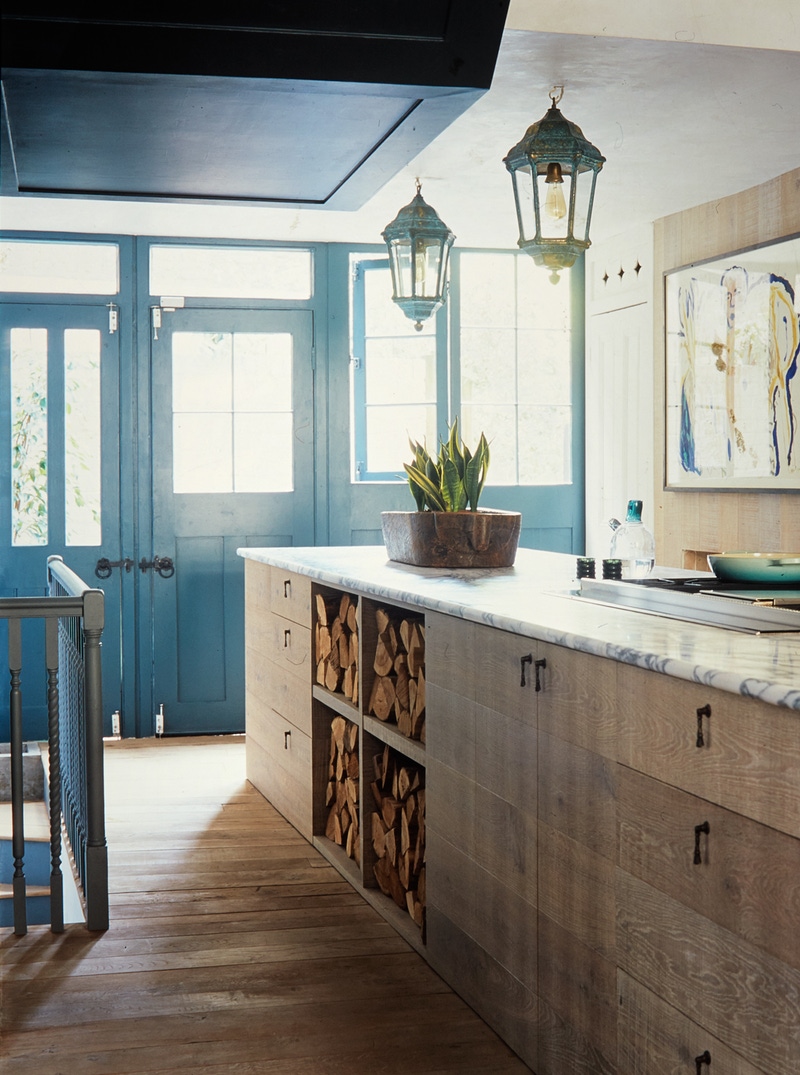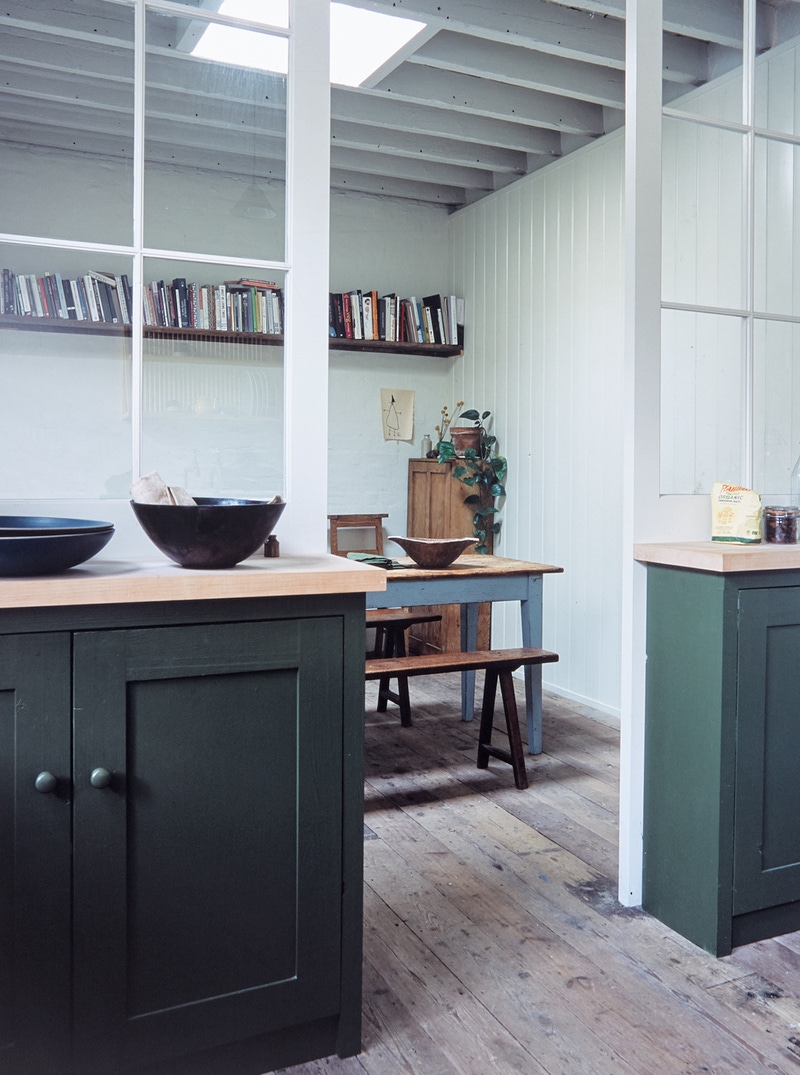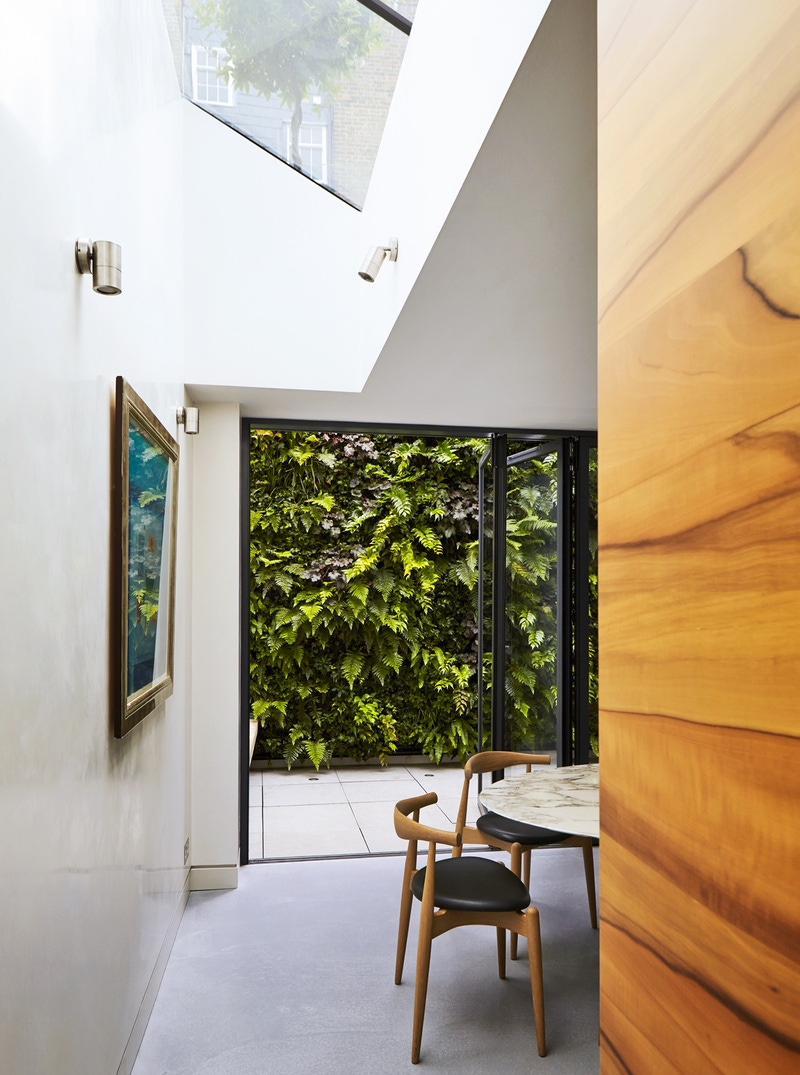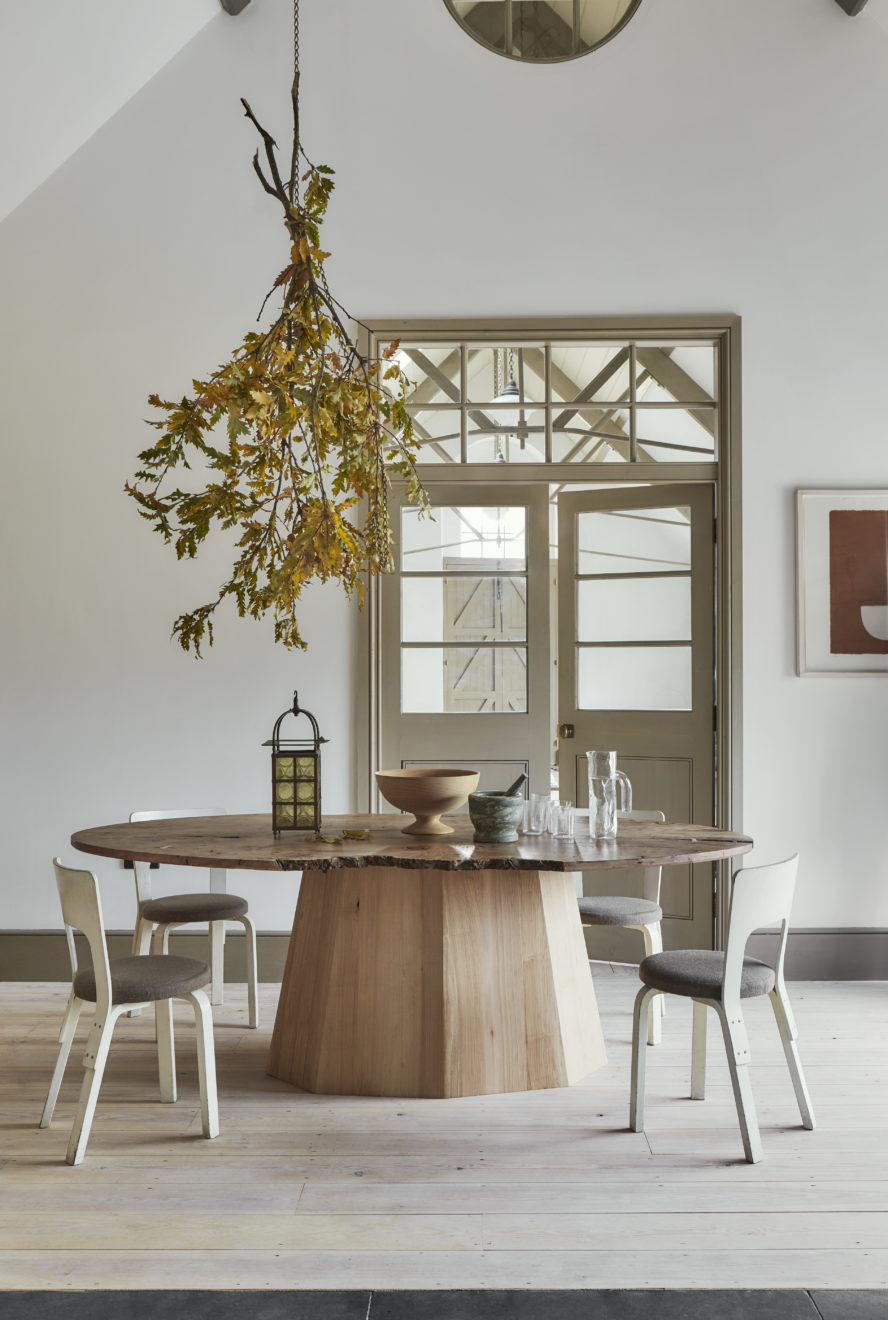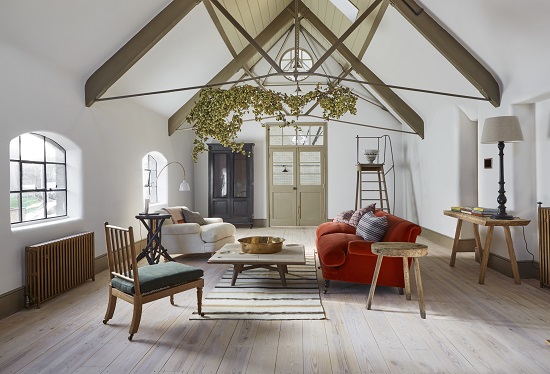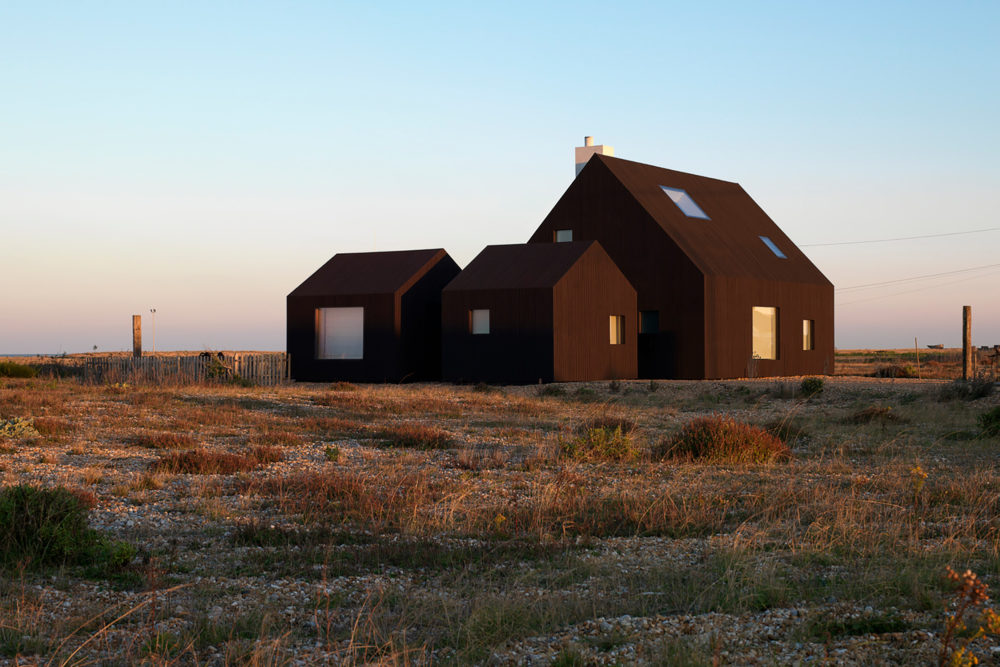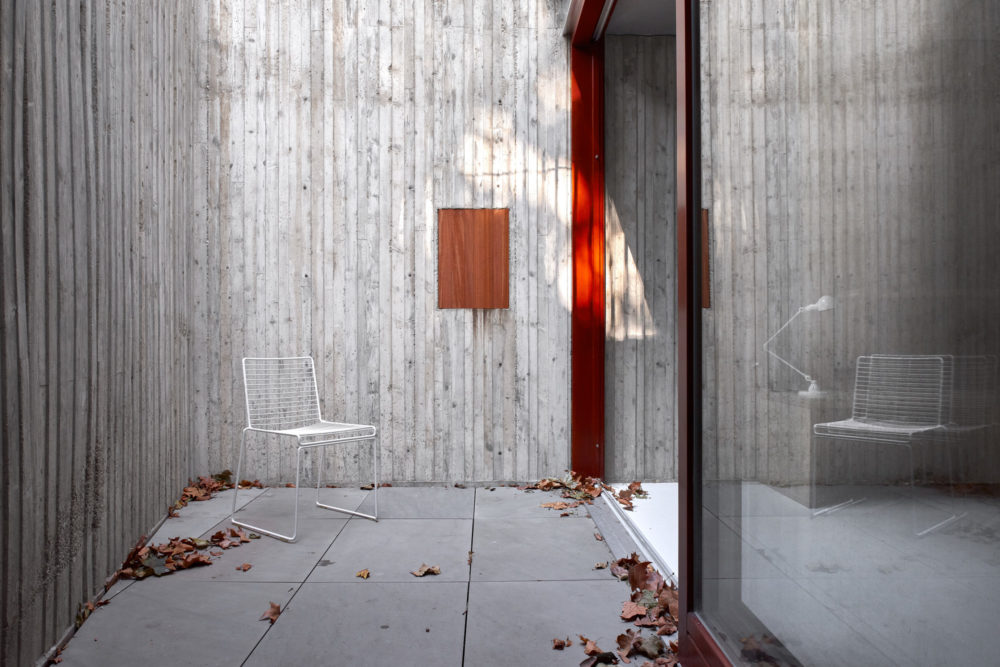Jan Baldwin
Next in our interview series with interiors and architectural photographers whose work we admire is the brilliant Jan Baldwin. Jan graduated from the Royal College of Art in 1981 and was immediately commissioned to photograph five-star hotels around the world. Her work has evolved from hospitality to residential interiors, still life and food. Jan’s naturally-lit images draw the viewer into the room or the experience and she is frequently commissioned to shoot for high-profile publications and clients. We learn about the photographer who was most pivotal in Jan’s learning and which camera she loves to use.
My main photography work has been with interiors. Every room has a special feeling about it and I have always tried to capture that tonal quality of a space, whether it be a moody atmosphere or a bright and breezy air. I’ve tried not to override that quality, which is mostly to do with the daylight in the room. When I did have to introduce lighting, I’ve tried to make it as sympathetic to the daylight as possible and not let it be obvious.
My first job was an assistant to Tessa Traeger who was the most wonderful mentor and is still my favourite photographer. From her, I learnt that photographers give something of themselves to whatever they shoot, whether paint samples or palaces. She has a totally original eye and taught me to look and see in a way I had not looked or seen before. It was an honour to assist her. Her focus and understated passion were inspirational and I still find myself thinking ‘what would Tessa have done in this situation’. Her book ‘Voices of the Vivarais’ is a treasure trove of beautiful images from The Ardeche and a brilliant read too.
I love Albert Watson and his book Maroc. Also, Margaret Bourke-White and her book 20 Parachutes, which is a sequence of 20 pictures of a parachute attempting to be contained by the airman. Delightfully simple pictures which are captivating.
My first camera was a box brownie and I have a wonky picture of my father taken at knee height to show for it! Later it was a 35mm Pentax and then a 5’ x 4’ MPP land camera (my favourite), both of which I still have and use occasionally. I used to use Type 55 polaroid which had the fabulous negative. It was quite a fiddle to use so you really had to want to take that picture in order to set it up, which is a great discipline –no quick snapping. Now I use it with film. Canon EOS 5DS is my workhorse now, along with my old Hasselblad and Sinar 5’x 4’ for film.
I’m starting a project on the Shingle Ridge at Winchelsea which has lots of interesting geology, rare moths and spiders. I need a moth trap and steely nerves to cope with the spiders!
I think it’s really tough for young photographers starting now as the profession is very competitive but there are many opportunities, too. Combining your passion for photography with another interest such as food, people, travel or even football and then approaching the appropriate product outlet such as a magazine is a good start. Enthusiasm, passion and optimism are really appreciated by clients. Persistence with a touch of humour is a good approach!
Commercial photography is a team effort and to be able to work as a creative group, sharing and accommodating ideas with others is essential. At the beginning of a shoot there is usually a meeting and the art director shows their initial ideas. I give my opinion at this point and try to understand what the brief is trying to show and whether I think it can be improved in some way. The stylist and perhaps set builders or scenic painters also give their views and a consensus is important at that stage, before preparation for the shoot starts. Ultimately, the photographer has to make the shoot do its job and the final result depends on them making it work. Our world is visually-led more than ever these days and a strong set of pictures can sell a product or story.
I have been very lucky to have had some amazing shoots and so it’s hard to choose my favourite. I’ve travelled around the world, seen some amazing places and met incredible people. My advertising work has been five-star hotels and I have shot The Savoy group, One and Only in Maldives (including helicopter aerial shots) and Safari Lodges in Africa, arriving in a light aircraft where a run across the airstrip cleared the giraffes before we could land. Also advertising food shoots in Sri Lanka and Kuala Lumper as well as ceramics in China and Safari Food in Botswana. Recently I shot a retiring judge in the Middle Temple, a young disabled girl and her specialist nurse for the Roald Dahl Marvellous Nurse charity, and a Palestinian cook in her simple house in the West Bank. Each one is my favourite at the time.
As a photographer, one is continually giving out visual ideas which need to be replenished. I go to as many exhibitions as possible and have many books I use as a reference, not necessarily photographic. I find them just as satisfying as the many digital images in our lives now. Inspiration comes from many sources including architecture and interiors.
Maison de Verre by Pierre Chareau in Paris is my favourite building and interior. A beautiful modernist building of steel, glass, rubber and glass blocks with furniture by Eileen Grey (among others) and with rotating doors and sliding screens. It is simply stunning. I visited once but would love to photograph it one day.
To find out more about Jan’s work, click here.

